39 planet earth freshwater worksheet
DP Geography: Water Scarcity There is enough freshwater on the planet for the human population but it is distributed unevenly and too much of it is wasted, polluted and unsustainably managed. Hydrologists typically assess scarcity by looking at the population-water equation. An area is experiencing water stress when annual water supplies drop below 1,700 m3 per person. 6 e Negative impacts of global warming outweigh positive e. Scientists and economists predict that there will be both positive and negative impacts from global climate change. If warming exceeds 2 to 3°C (3.6 to 5.4°F) over the next century, the consequences of the negative impacts are likely to be much greater than the consequences of the positive impacts.
12 Different Types of Ecosystems and Why They Are Important Lotic ecosystems are broken into areas with fast-moving water and areas with pools and slower currents. Like other ecosystems, these different zones allow different plants and animals to thrive throughout the ecosystem. 4. Coral Reef Ecosystem. Coral reef ecosystems are the most diverse oceanic ecosystem.
Planet earth freshwater worksheet
2 b Ocean as climate control, oceanic conveyor belt; abrupt changes in ... In this worksheet-based activity, students review global visualizations of incoming sunlight and surface temperature and discuss seasonal change. Students use the visualizations to support inquiry on the differences in seasonal change in the Northern and Southern Hemispheres and how land and water absorb and release heat differently. 160 Top GK Questions For Class 6, With Answers - MomJunction Answer: Sound. This used to be a planet but isn't any longer: Answer: Pluto. Over 96% of the water on Earth's surface is found here: Answer: Oceans. This essential component is added to our atmosphere by a plant through photosynthesis: Answer: Oxygen. This is the gas that forms the main part of the air we breathe: Read PDF Exploring Biomes Worksheet Answer Key Some of the worksheets displayed are Biomes work, Biome chart work answers, Biomes, Biome work freshwater, Biome organism matching game, Terrestrial biomes 2006 handout, Name the tropical 2 2 Exploring Biomes Worksheet Answer Key 2-09-2022 rainforest, Biomes what and who lives where. Once you find your worksheet, click on pop-out icon or
Planet earth freshwater worksheet. Boomerang Customers Grow with the Blue Economy | ATA Carnet Boomerang carnets® knows first-hand that the Blue Economy represents many sectors uniquely bound to the Earth's oceans. Our 35 years of experience in the ATA Carnet business has seen many customers representing the Blue Economy grow in size and number. The ocean has become increasingly important to the world as a major factor to the health of our planet and the global economy. Conservation of Water: Importance, Methods, Benefits - Embibe (a) Rainwater Harvesting (b) Rainwater harvesting is the process of collection and storage of rainwater rather than allowing it to run off. (c) The importance of rainwater harvesting is that it can be stored for future use as rainwater is pure and fresh; it can be used directly for many domestic purposes such as cleaning, washing, and gardening. - movebox.vc . Coming soon. Study Session 4 The Water Cycle and Sources of Water - Open University The total amount of water on the Earth is about 1400 million km 3 (UNEP, 2002). Of this, around 97.5% by volume is held in the oceans and is salt water. Only 2.5% (or about 35 million km 3) is fresh water. Figure 4.2 shows the proportions of Earth's water found in different parts of the environment.
Google Earth Google Earth is the most photorealistic, digital version of our planet. Where do the images come from? How are they they put together? And how often are they updated? In this video, learn about ... Valley Stream Central | Learning, Achieving, Succeeding! The Valley Stream Central High School District is one of only three New York State Districts covering grades 7-12 exclusively. What Happens to Ice in Water? - Teaching Materials The students are broken into groups to work together to solve the problems based on the what they learned about water, density, and salinity. The students are asked to form a hypothesis of what would happen if freshwater was added to the surface of the ocean at various temperatures from 0ºC to 20ºC. The groups would then compare their results. 15 questions with answers in SMOG | Science topic - ResearchGate Enas Tariq Khudair. Answer. Globally, the primary sources of greenhouse gas emissions are electricity and heat (31%), agriculture (11%), transportation (15%), forestry (6%) and manufacturing (12% ...
Study Session 1 Human Interactions with the Environment - Open University Figure 1.6 shows the availability of freshwater across the world. Countries which have less than 1700 m 3 of water per person per year for all purposes are defined as water stressed (United Nations, 2014). Water scarce countries have been defined as those with less than 1000 m 3 of water per person per year. Science — Earth Science – Easy Peasy All-in-One Homeschool We are going to now focus on water on the planet Earth. 70% of the Earth is covered in water. Here’s a picture of 70%. The blue part shows how much of the Earth is covered in water. The rest is the land. There is more than twice as much water as there is land! Some of this is review. Today read the first four topics under freshwater systems. You will read about watersheds, … Why are rivers important? - Primary Homework Help Rivers provide excellent habitat and food for many of the earth's organisms. Many rare plants and trees grow by rivers. Ducks, voles, otters and beavers make their homes on the river banks. Reeds and other plants like bulrushes grow along the river banks. Other animals use the river for food and drink. Biomes Worksheets & Learning Unit - Exploring Our Natural … Freshwater. This biome contains water that has far less salt content compared to an ocean. Freshwaters biomes include: Rivers, streams, ponds, and lakes. Wetlands are a combination of freshwater and land, such as a bog or marsh. Plant Life – Water lilies are a common lake plant, and a wide variety of grasses grow near rivers and streams.
Earth Science Lesson Plans - eds-resources.com Minerals, Crystals, and Gems. Three lesson plans for grades 3-8 from the Smithsonian. Sandwich Squash: How the Himalayas Were Formed. A lesson plan in which students create and record a model of mountain formation as well as identify major mountain building formations around the world.
Location, Distribution & Uses of Natural Resources Worldwide Enormous reserves of oil are located in the Middle East, especially in Saudi Arabia, Iraq, and Iran. Venezuela, in South America, also holds huge amounts of it. In the United States, most oil and ...
Science - WorldAtlas How Far Is Each Planet? September 11, 2022 12:43. How Many Constellations Are There? September 11, 2022 12:42. World's 5 Strongest Telescopes. September 9, 2022 06:49. The Smallest Black Hole In The Universe. September 9, 2022 06:48. What Is The Closest Star? September 9, 2022 06:47.
CK-12 Earth Science for Middle School - CK-12 Foundation 1. The Nature of Science 2. Introduction to Earth Science 3. Planet Earth 4. Earth's Minerals and Rocks 5. Plate Tectonics 6. Geological Activity and Earthquakes 7. Geological Activity and Volcanoes 8. Earth's Fresh Water 9. Earth's Oceans 10. Atmospheric Processes 11. Weather 12. Climate 13. Weathering and Soils 14. Erosion and Deposition 15.
Educative Aquatic Animals Information For Kids - MomJunction Aquatic animals living in freshwater are called freshwater animals and those living in saltwater bodies such as sea, oceans, etc., are called marine animals. Varieties Of Aquatic Animals: 1. Sea turtles Save They have been on earth far earlier than 220 million years and have survived extreme weather changes, which wiped out even the dinosaurs.
Top 145 Easy General Knowledge Questions And Answers 2023 Answer: Anemometer. Q. How many straight edges does a cube have? Answer: 12. Q. Which layer of planet Earth is made up of tectonic plates: Inner Core, Outer Core, Mantle, or Crust? Answer: Crust. Q. Convection, Frontal and Relief are the three main types of clouds, rainfall, or winds? Answer: Rainfall.
Difference Between Salt Water and Fresh Water [Updated 2022] Fresh Water is defined as water that has a composition of salt less than 1% in it and is colorless, tasteless, odorless. The freshwater sources available to humans are lakes, streams, ponds, wells, etc. The water collected from the rain is also a source of freshwater.
BBC Earth | Home Welcome to BBC Earth, a place to explore the natural world through awe-inspiring documentaries, podcasts, stories and more.
What Are the World's Largest Bodies of Water? - Cultural World With an area of over 9,653 sq. mi (25,000 sq. km) in the 1960s — about the size of Lake Erie — Lake Chad was the fourth largest lake in Africa. By the late 1990s, this lake had an area of only 521 sq. mi (1350 sq. km), about 1/3 the size of the Great Salt Lake in Utah. North America's Lake Superior is the largest freshwater lake.
Frogs: The largest group of amphibians | Live Science Frogs come in a variety of shapes, colors and sizes. The largest frogs are Goliath frogs ( Conraua goliath) from Cameroon and Equatorial Guinea; they can grow to be more than 1.1 feet (34 ...
GK Questions for Class 5 with Answers (10-11 Years Old Students) - Edudwar Explore below some interesting GK Quiz questions for class 5 students which will help them to prepare for various school level entrance tests and general quizzes. Improving general awareness not only makes kids genius but also enhances their academic performance. If your child is 10 years old then here is the dedicated set of GK questions for ...
Earth Science for Kids: Erosion - Ducksters Although water may not seem powerful at first, it is one of the most powerful forces on the planet. Here are some of the ways that water causes erosion: Rainfall - Rainfall can cause erosion both when the rain hits the surface of the Earth, called splash erosion, and when raindrops accumulate and flow like small streams.
National Geographic Society Newsroom National Geographic Honors Two World Leaders for their Outstanding Commitment and Action Toward Protecting Our Ocean. Former President of Costa Rica, Carlos Alvarado Quesada and President of Colombia, Iván Duque Márquez have championed the global target of protecting at least 30% of our lands and oceans by 2030 (30x30) and implemented it in ...
Water cycle | National Oceanic and Atmospheric Administration 01.02.2019 · The water cycle is often taught as a simple circular cycle of evaporation, condensation, and precipitation. Although this can be a useful model, the reality is much more complicated. The paths and influences of water through Earth’s ecosystems are extremely complex and not completely understood. NOAA is striving to expand understanding of the …
Renewable and Non-Renewable Energy - Tinaroo Environmental … 19.12.2019 · Geothermal energy (using heat en energy from beneath the surface of the earth) Non-renewable Energy. If an energy source is being used faster than it can be replaced (for example coal takes millions of years to form) then it will eventually run out. This is called a non-renewable energy source. Examples of non-renewable energy are: Coal ...
Where is Earth's Water? | U.S. Geological Survey 06.11.2019 · In the first bar, notice how only 2.5% of Earth's water is freshwater - the amount needed for life to survive. The middle bar shows the breakdown of freshwater. Almost all of it is locked up in ice and in the ground. Only a little more than 1.2% of all freshwater is surface water, which serves most of life's needs. The right bar shows the breakdown of surface freshwater. …
20 Natural Resources Examples (Plus 9 Renewable Resources!) - Ecavo Drinking water is one of the main casualties of poor natural resources management on our planet. We also use water for power generation using hydroelectric power dams. 3. Sunlight Sunlight is our most abundant natural resource. We can use it to offset our need for non-renewables like oil.
Soil Erosion and Degradation - World Wildlife Fund Soil is the earth’s fragile skin that anchors all life on Earth. It is comprised of countless species that create a dynamic and complex ecosystem and is among the most precious resources to humans. Increased demand for agriculture commodities generates incentives to convert forests and grasslands to farm fields and pastures. The transition to ...
Unit 6: Creating an Agricultural "Fact Sheet" - A Growing Concern The worksheet provides some structure for this process by giving students prompts to help them organize their ideas into topical chunks. This activity should be done individually or in working groups, depending how the instructor has structured the activity.
Plate Tectonics: Earth in Motion - Unit Collection 3.1 The four major systems of Earth are the geosphere, hydrosphere, atmosphere, and biosphere. 3.2 All Earth processes are the result of energy flowing and mass cycling within and between Earth's systems. 3.4 Earth's systems interact over a wide range of temporal and spatial scales.
Top 50 Critically Endangered Animals in the Philippines The Philippine freshwater crocodile is quite small compared to other crocodiles, growing to about four and a half to five feet long and weighing approximately 15 kg. The Mindoro crocodile is also listed as critically endangered by the IUCN. It is reported that as of September 2011, only 250 of them are left in the country.
Read PDF Exploring Biomes Worksheet Answer Key Some of the worksheets displayed are Biomes work, Biome chart work answers, Biomes, Biome work freshwater, Biome organism matching game, Terrestrial biomes 2006 handout, Name the tropical 2 2 Exploring Biomes Worksheet Answer Key 2-09-2022 rainforest, Biomes what and who lives where. Once you find your worksheet, click on pop-out icon or
160 Top GK Questions For Class 6, With Answers - MomJunction Answer: Sound. This used to be a planet but isn't any longer: Answer: Pluto. Over 96% of the water on Earth's surface is found here: Answer: Oceans. This essential component is added to our atmosphere by a plant through photosynthesis: Answer: Oxygen. This is the gas that forms the main part of the air we breathe:
2 b Ocean as climate control, oceanic conveyor belt; abrupt changes in ... In this worksheet-based activity, students review global visualizations of incoming sunlight and surface temperature and discuss seasonal change. Students use the visualizations to support inquiry on the differences in seasonal change in the Northern and Southern Hemispheres and how land and water absorb and release heat differently.

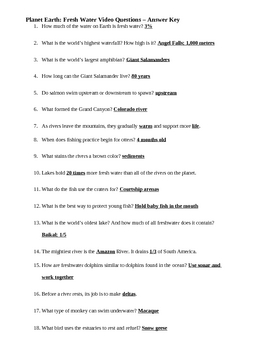

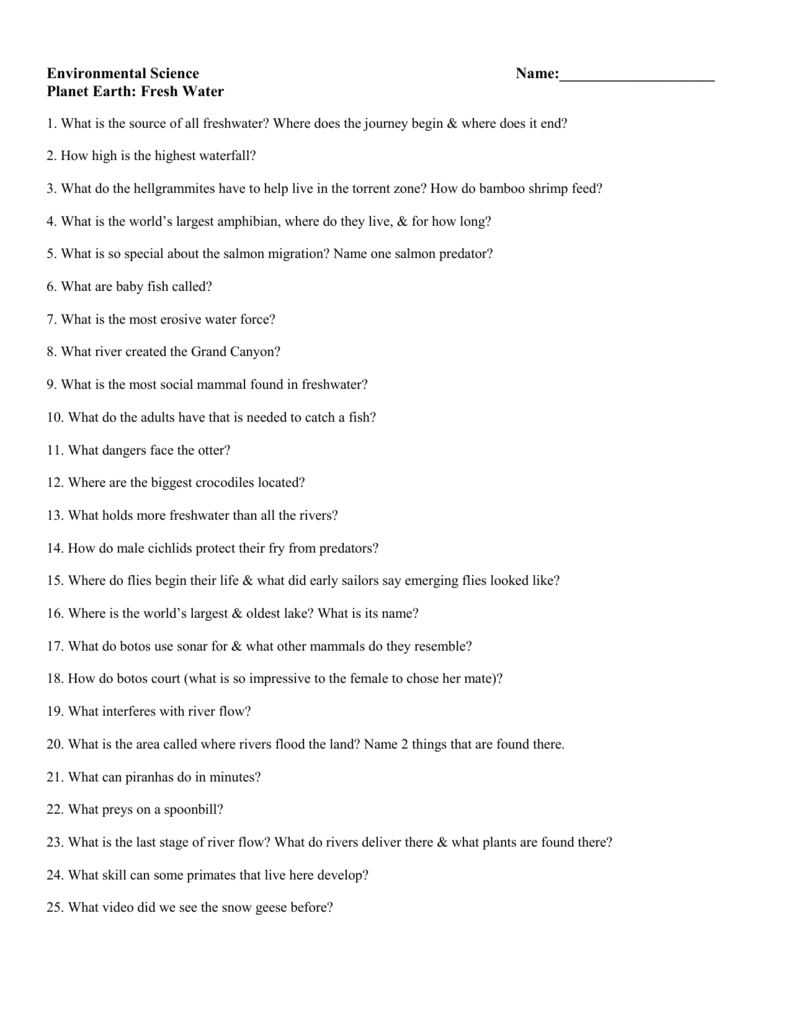
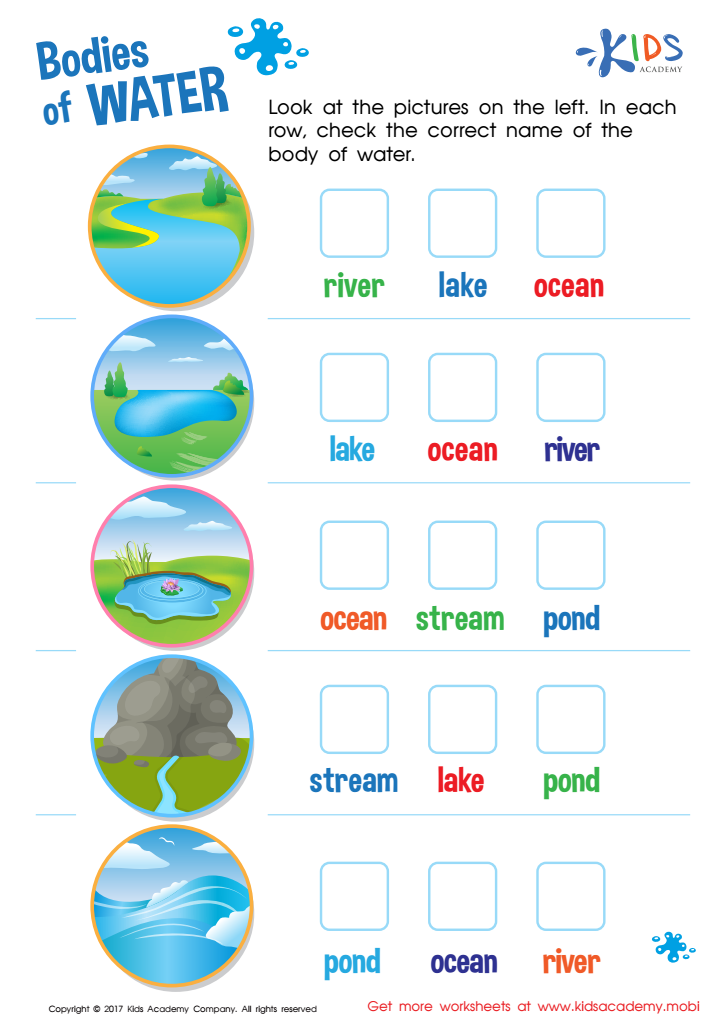
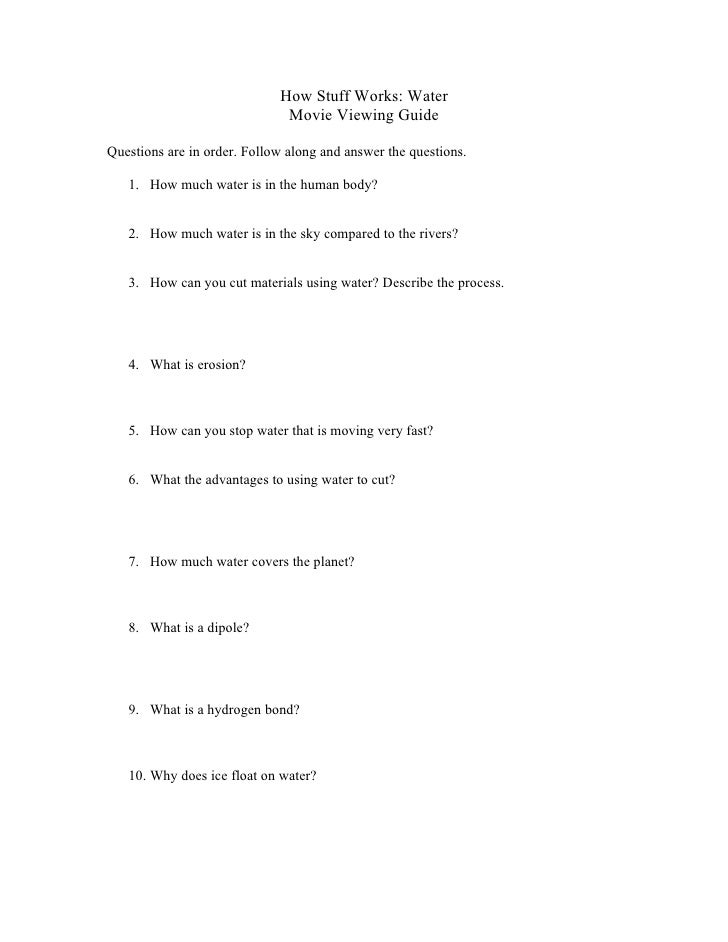
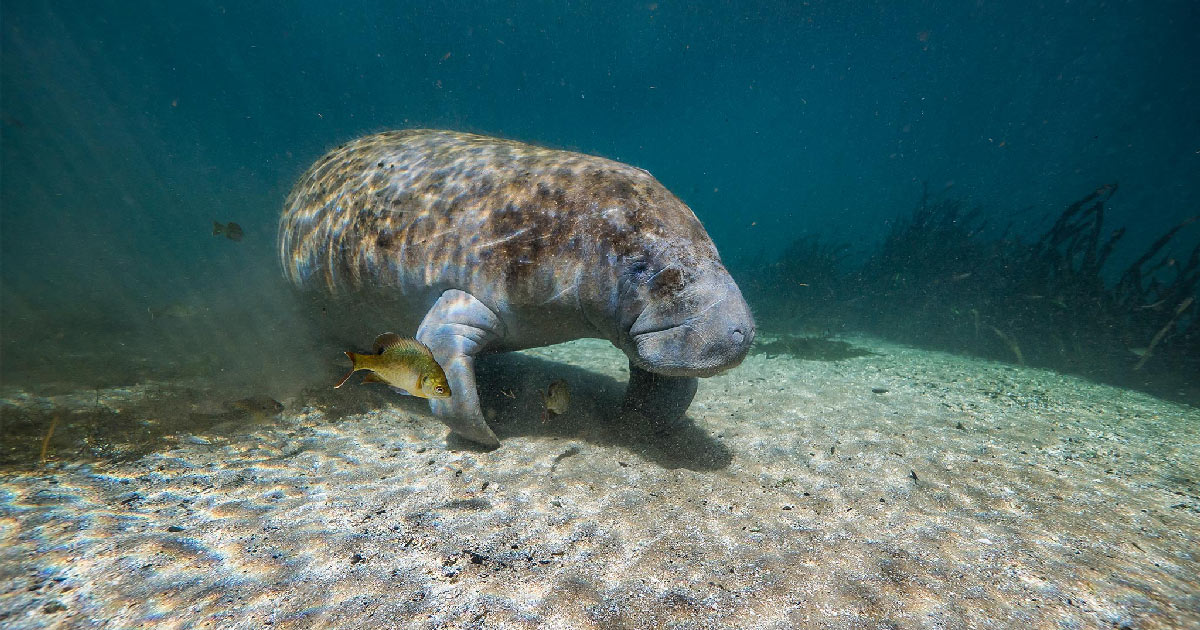


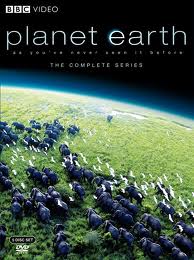


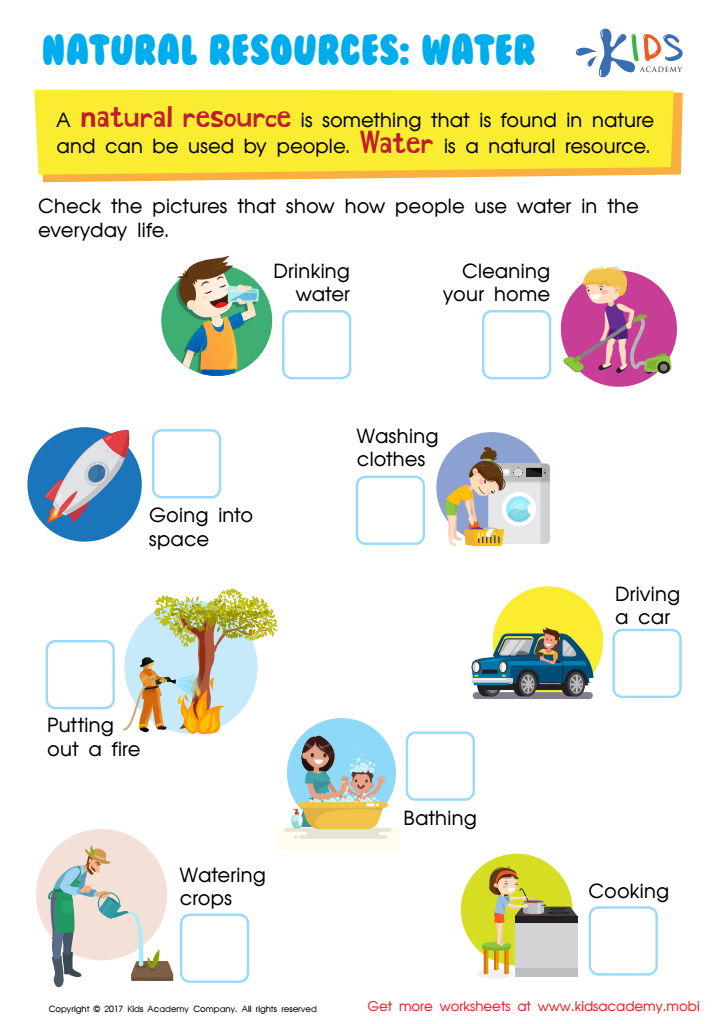



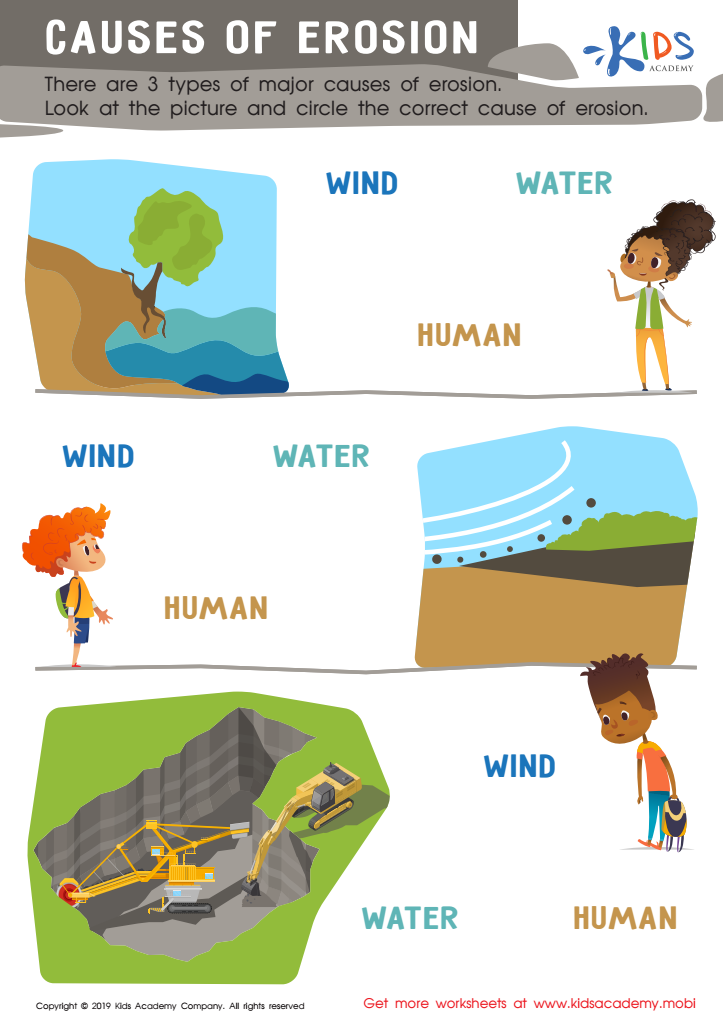



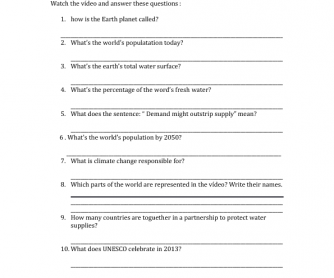
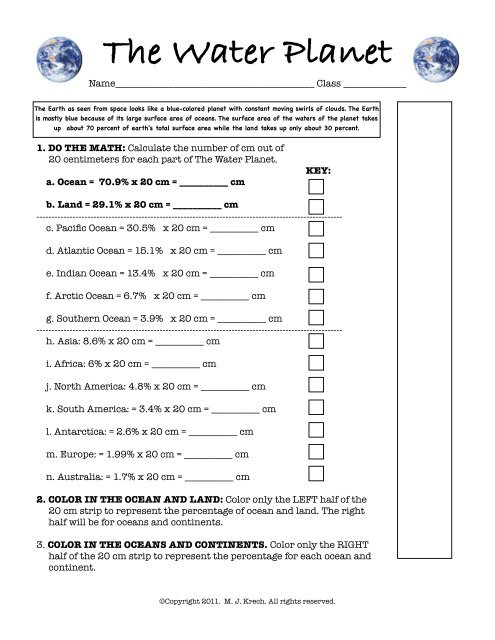


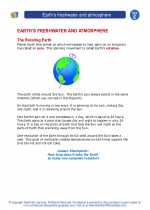

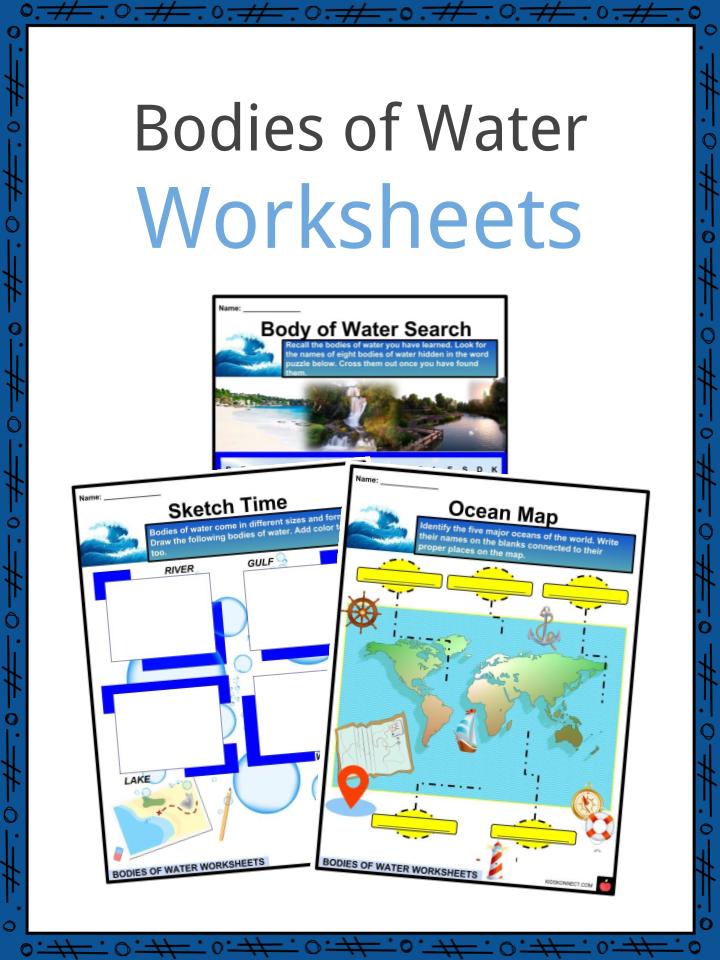
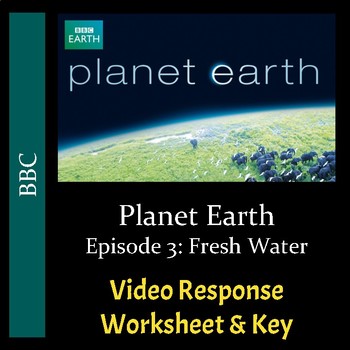



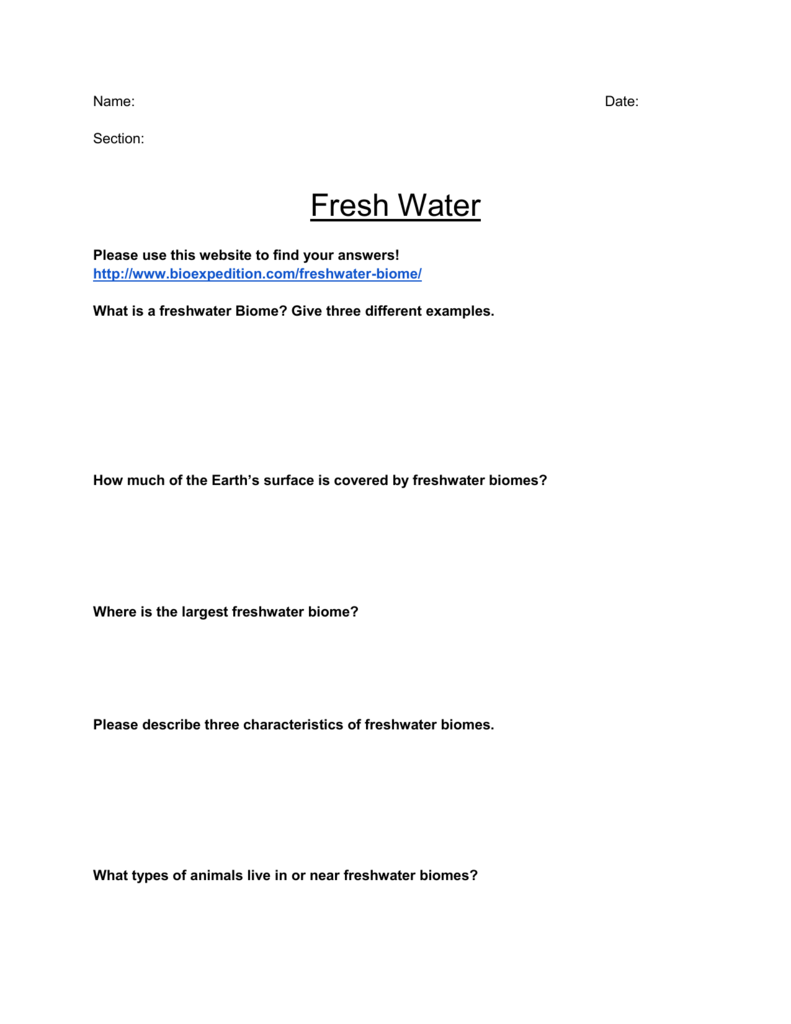


0 Response to "39 planet earth freshwater worksheet"
Post a Comment